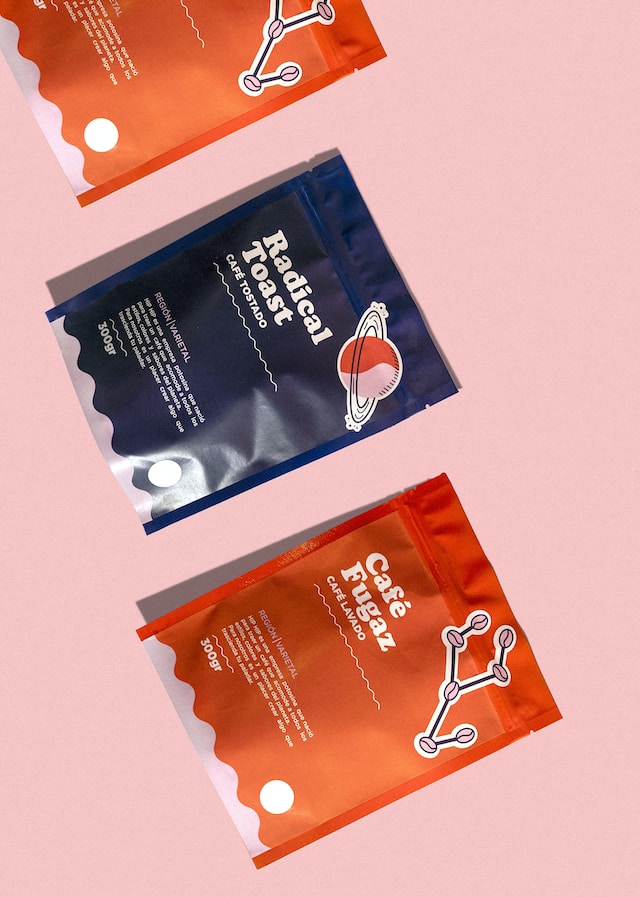Fertilizer packaging is an essential aspect of the agriculture industry, and choosing the right packaging is crucial to protect and preserve the quality of the product. With various types of fertilizers available in the market, ranging from granular to liquid forms, there are different packaging options available to suit each type.
In this article, we will discuss the different types of fertilizer packaging available and the factors to consider when choosing the appropriate packaging.
Types of Fertilizer Packaging:
Bags
Custom fertilizer bags are the most commonly used packaging option for fertilizers, especially for dry and granular fertilizers. They are available in various sizes, ranging from small 5-pound bags to large 50-pound bags, and can be made of paper, plastic, or woven polypropylene.
Paper bags are an environmentally friendly option, but they are not as durable as plastic or woven polypropylene bags. Plastic bags, on the other hand, offer better moisture protection, but they are not biodegradable.
Pouches
Pouches are a convenient packaging option for liquid fertilizers, and they can be outfitted with spouts. They are made of multi-layered films that protect the fertilizer from moisture, sunlight, and oxygen.
Pouches are available in different sizes, ranging from single-use sachets to larger pouches that can hold several gallons of liquid fertilizer. Pouches are easy to use and transport, and they are also cost-effective.
Bottles and Jugs
Bottles and jugs are a common packaging option for liquid fertilizers, however much debate has been going on compared to flexible packaging. They are available in different sizes and shapes, ranging from small 16-ounce bottles to large 5-gallon jugs. Bottles and jugs are made of high-density polyethylene (HDPE) or other durable plastic materials that protect the fertilizer from light and moisture. They are also easy to handle and store, and they can be reused.
Bulk Packaging
Bulk packaging is a cost-effective option for large-scale agricultural operations that require a significant amount of fertilizer. Bulk packaging includes tote bags, drums, and other large containers that can hold up to several tons of fertilizer. Bulk packaging is not only cost-effective but also environmentally friendly as it reduces the amount of packaging waste.
Factors to Consider When Choosing Fertilizer Packaging:
Moisture Protection
Moisture can damage fertilizer, especially granular fertilizers. Therefore, it is crucial to choose packaging that provides adequate moisture protection. Plastic bags, multi-layered pouches, and HDPE bottles and jugs are excellent options for moisture protection.
Durability
Fertilizer packaging should be durable enough to withstand the rigors of transportation and storage. Woven polypropylene bags and HDPE bottles and jugs are sturdy and can withstand rough handling and exposure to the elements.
Environmental Impact
Sustainability is becoming increasingly important in the agriculture industry, and choosing eco-friendly packaging is an excellent way to reduce environmental impact. Paper bags and biodegradable plastic bags are eco-friendly options for fertilizer packaging.
Cost
Packaging cost is a significant consideration, especially for large-scale agricultural operations. Bulk packaging is a cost-effective option for large-scale operations, while smaller packaging options like bags and pouches are more expensive.
Conclusion
Choosing the right fertilizer packaging is crucial to protect and preserve the quality of the product. When selecting fertilizer packaging, consider factors like moisture protection, durability, environmental impact, and cost. Talk to a professional printer to finalize your specifications.
Bags, pouches, bottles, jugs, and bulk packaging are the most common packaging options available for fertilizers. Consider the specific needs of your agricultural operation to determine the appropriate packaging option for your fertilizer. With the right packaging, you can ensure that your fertilizer remains of high quality, making you a trusted brand for your current and future customers.





Be First to Comment